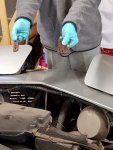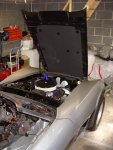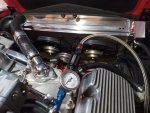Forrest Gump
CCCUK regional rep
The gap between the top of the radiator and the underside of the support frame has always been open on my car. You would think with this big gap that l would get cooling issues, but the car seems to manage okay. (The foam strip between top of frame and underside of hood is in place, but somewhat futile with a large gap just below).
I’m still thinking about sealing off this gap however to maximise radiator efficiency. What have others got here? It’s quite a large opening and irregular shape - Is Oem just a large foam strip or some other trim I’m missing?
There’s just one thing I’m wondering though - if by having the gap open as I have at the moment if there is actually any positive benefits, such as a supply of cooler air for engine induction, or generally circulating more air to reduce engine bay temperature.
Theoretically the engine is supposed to draw fresh induction air from the rear of the hood, but I’ve got cooler air rushing in from the front end too so I’ve got no idea of the airflow paths under my hood. I might have to close off the gap over the radiator and see if I notice any difference to temperatures and engine performance.
Any thoughts?
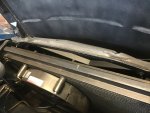
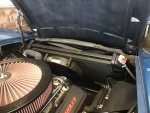
I’m still thinking about sealing off this gap however to maximise radiator efficiency. What have others got here? It’s quite a large opening and irregular shape - Is Oem just a large foam strip or some other trim I’m missing?
There’s just one thing I’m wondering though - if by having the gap open as I have at the moment if there is actually any positive benefits, such as a supply of cooler air for engine induction, or generally circulating more air to reduce engine bay temperature.
Theoretically the engine is supposed to draw fresh induction air from the rear of the hood, but I’ve got cooler air rushing in from the front end too so I’ve got no idea of the airflow paths under my hood. I might have to close off the gap over the radiator and see if I notice any difference to temperatures and engine performance.
Any thoughts?



